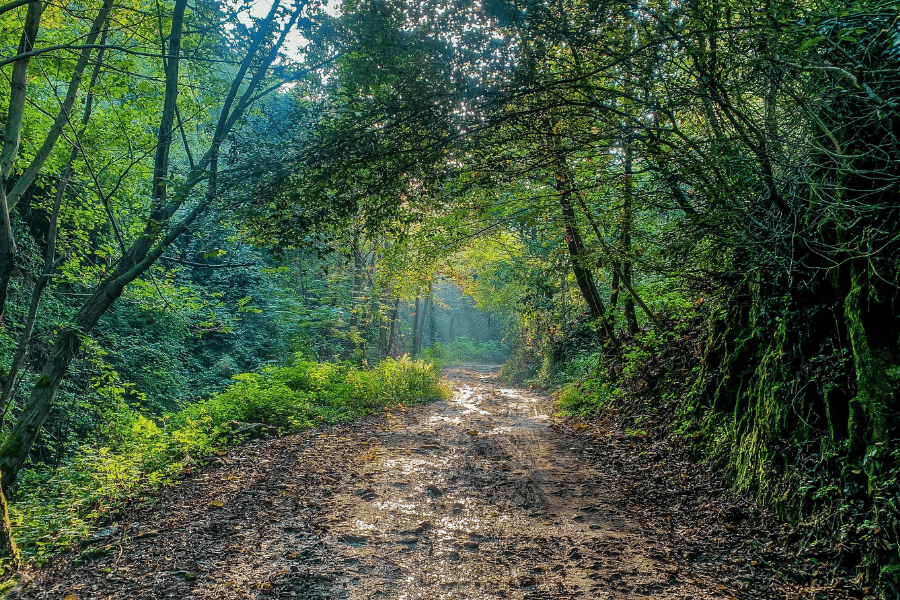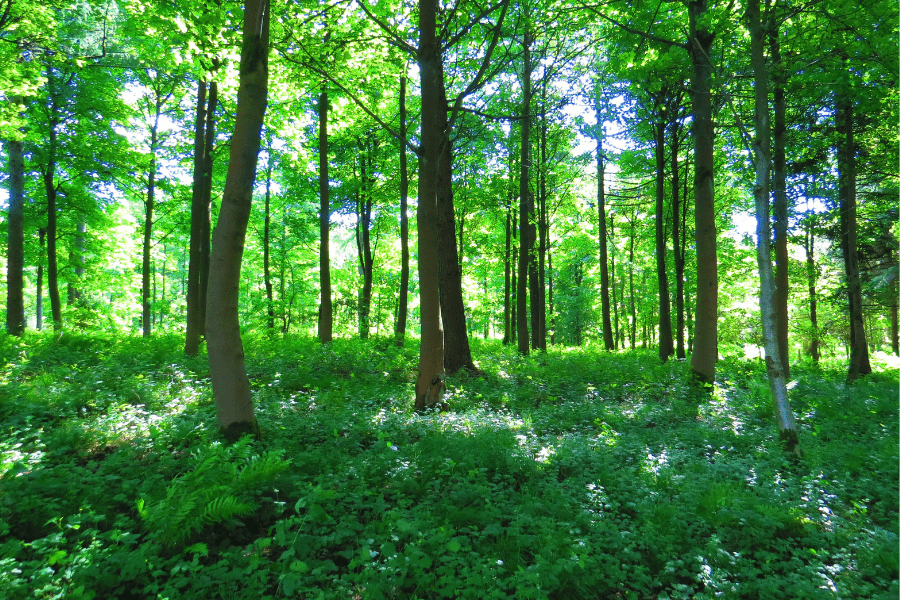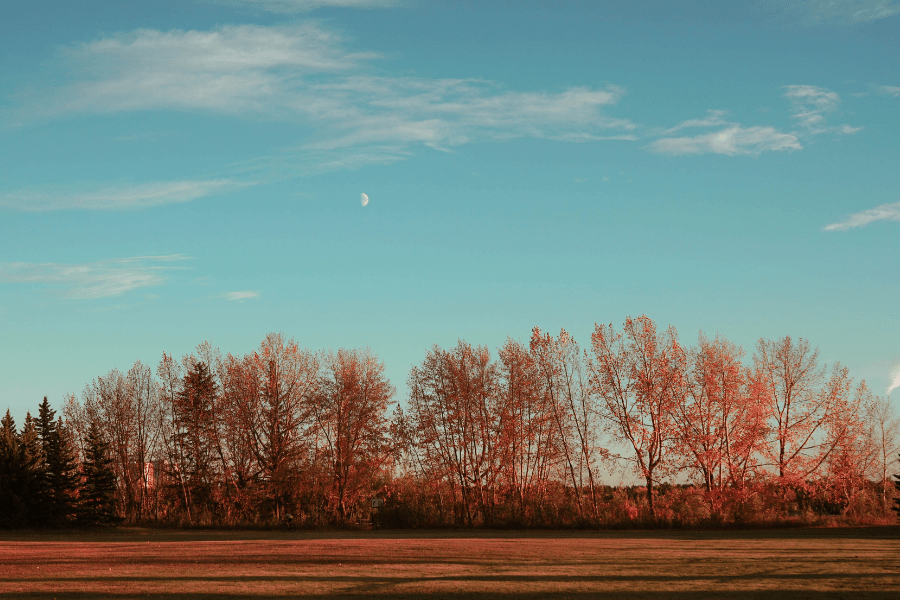Landscaping vacant land is important for a variety of reasons. It can help to improve the aesthetics of an area, making it more attractive and inviting. It also serves to reduce soil erosion, protect native habitats, and provide habitat for local wildlife. Properly landscaped areas are also beneficial in terms of reducing runoff from rainwater, helping to conserve water resources. It adds value to a property or development site by increasing its curb appeal. Here’s how you can properly landscape vacant land:
1. Create a Site Plan:
Start by creating a site plan that outlines the size, shape, and topography of your vacant land. Include any existing structures or features on the property such as trees, paths, and bodies of water. This will help you develop an overall landscape design plan for the area.
2. Assess Soil Conditions:
Before beginning to landscape your lot, it’s important to assess soil conditions in order to determine what types of plants can be grown in your environment. Check for drainage issues and make sure the soil is nutrient-rich enough to support healthy plant growth before planting anything else on the property. Additionally, it’s important to consider the climate and weather patterns of your area in order to determine what types of plants will thrive. Once you understand the soil conditions and climate, then you can begin to plan out which plants, trees, shrubs, or flowers would work best for your landscape design.
3. Choose Your Plants Wisely:
When selecting plants for your landscape project, consider factors like climate zone, light requirements, and maintenance needs before making a decision about which species are best suited for the space you have available. Consider native varieties when possible since these are better adapted than non-native species for local environmental conditions and often require less maintenance over time too! Moreover, choose plants that provide year-round interest or contrast in texture or color to create a dynamic landscape.
4. Plant Densely:
The key to success with landscaping any vacant land is planting densely so that weeds don’t take over once everything has been planted out there! Choose groundcover options like ivy or thyme between larger shrubs or perennial flowers; this will give you more coverage without having too much empty space between plants where weeds could easily take hold later down the line!
5. Add Pathways & Focal Points:
Once all of your plants are in place, add pathways throughout the area as well as focal points such as benches or sculptures that draw attention away from barren patches onsite (if present). These elements should tie into one another while providing aesthetic appeal at every turn – something easily achieved with careful planning beforehand!
6. Maintain Regularly:
Finally, make sure to maintain your landscape regularly in order to keep it looking its best! This includes pruning plants when necessary and removing debris from pathways or other areas of the property. A regular schedule of maintenance will help ensure that your vacant land remains an attractive space for years to come.
Here at Mrlandseller, we provide a platform for everyone who is interested in buying land.
You can contact us and use our teams to help you through the process to the end.
You can also follow us on social media to be the first one to find out about our new properties (https://www.facebook.com/MrLandSeller/)!




